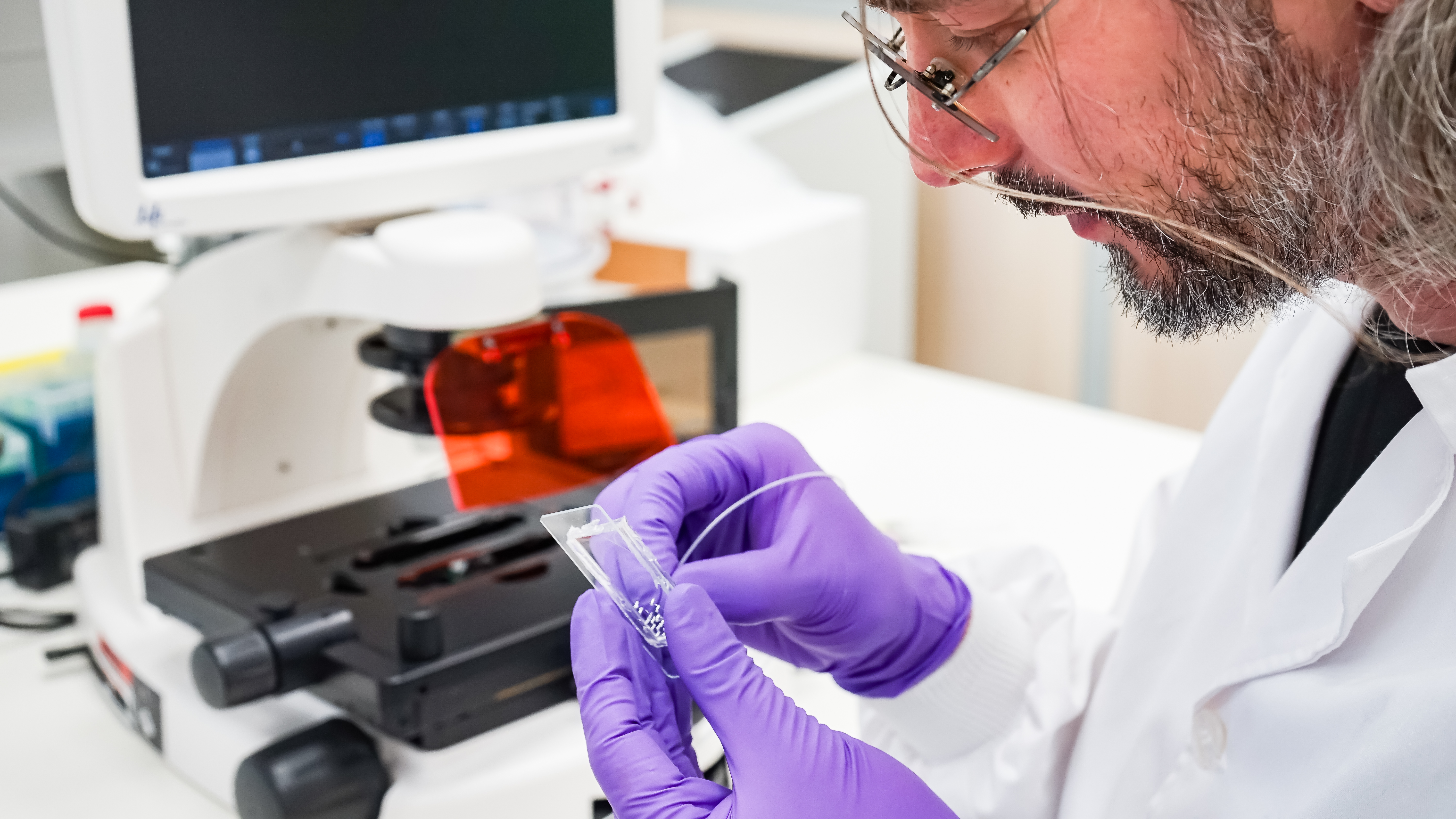
INL researchers awarded funding to develop an automated sensor to detect emerging viruses
May 3, 2024
Zoonotic infectious diseases, i.e. diseases that transmit from animals to humans, are on the rise, and the potential for a new pandemic is more significant than ever. It is imperative to develop advanced technologies capable of continuous monitoring to identify high-risk zones for pathogen transmission between animals and humans. This requirement is essential to mitigate the potential human, socio-political, and economic impact of pandemics.
The global initiative ‘One Health’ advocates collaboration among human, animal, and environmental health professionals to address health challenges. Its goal is to comprehend and prevent zoonotic diseases, while fostering a holistic approach to global health.
Although the European Parliament calls for continuous surveillance and harmonised data collection from animal farms, current practices fall short for continuous and automatic detection, limiting detection to specific and already known pathogens.
FLUFET, which stands for ‘FLow detection of virUses by graphene Field Effect Transistor microarrays’, is the new EIC Pathfinder project with a goal to develop a novel approach for the detection of viruses.

It will be the first automated sensor capable of continuously detecting a broad spectrum of viral targets, including unknown viruses. This revolutionary sensor, combining technologies and knowledge from different fields, such as graphene field effect transistors (gFETs), microfluidics, virology, biophysics and engineering, is promising to identify infectious zoonotic threats before they can reach humans and trigger potential outbreaks, enabling continuous prevention of pandemics.
Alar Ainla, the leader of the team of INL researchers participating in this European consortium, explains “While graphene sensors can be very sensitive to a tiny amount of small particles and biomolecules, fluidics and design of biomolecular interactions are needed to isolate and separated a potentially threatening rare virus from a vastly larger amount of other harmless molecules and biological particles. It is almost like searching a needle in the hay stack. In this project INL team will focus on microfluidic approaches needed to manipulate the samples and viruses to achieve the goal of capturing potential threats.”
FLUFET’s potential applications are vast, appealing to health and pandemic experts, policymakers, regulatory bodies, livestock producers, precision livestock solution providers, investors, and researchers across multiple disciplines.
Establishing an interdisciplinary consortium for this task is crucial, bringing together expertise in computational biophysics, graphene technology, nanotechnology, sensing, microfluidics, virology, surface engineering, sensor design, and electronics. FLUFET is coordinated by CICA – Universidade de Coruña, with the participation of INL, BCMaterials, CIC biomaGUNE, ICGEB, Graphenea, and VTT.
Text & Photography by Catarina Moura, Science Communication Officer


